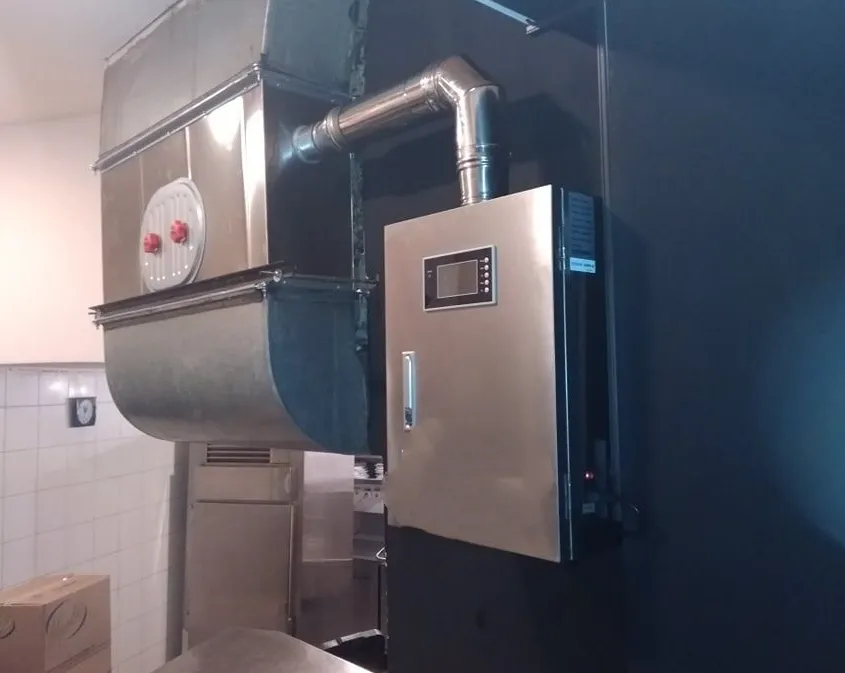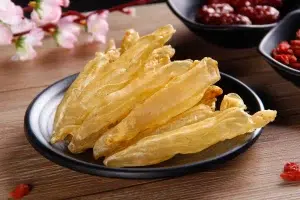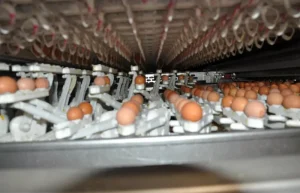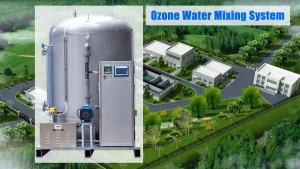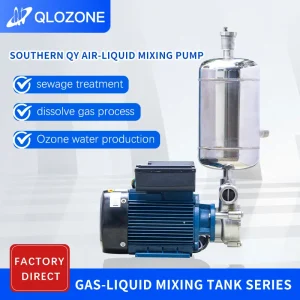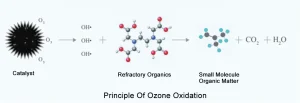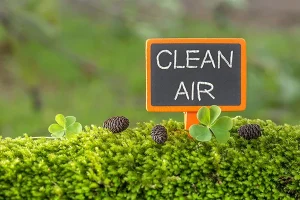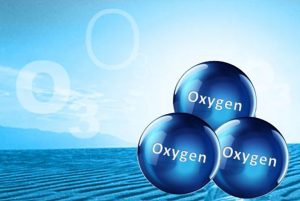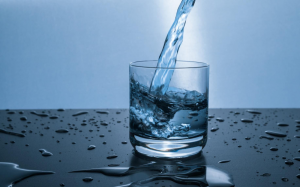Many pesticides are used in agriculture in our country, and environmental pollution has become a social problem. Ozone has strong oxidizing power and bactericidal effect. As a means to prevent phytotoxicity and environmental pollution, it is being applied in various industries, such as sterilization and disinfection of facility gardening (liquid cultivation), seedling cultivation, preservation, etc., and low-concentration treatment to promote Germination and growth are also more effective.
Ozone gas is used for plants in the greenhouse
The ozone generator can effectively prevent downy mildew and gray mold of tomatoes, melons and cucumbers in the greenhouse, and can remove molds and aphids from eggplants, mushrooms, potted flowers, etc., and has the effect of promoting growth.
Ozone spray to prevent and control airborne infectious bacteria
Select tomato varieties with weaker leaf mold resistance and set up 4 test areas for bacterial inoculation.
1). After spraying, correct the ozone water spray area with a concentration of 0.3mg/l
2). Pesticide spray area where chlorothalonil is 700 times diluted
3). Distilled water spray area
4). No inoculation and no spray control area.
Select 8 plants in each area with 5-7 main leaves, spray on the leaves with a sprayer, and then calculate the incidence rate. As long as there are diseased spots on the leaves, it is considered to be diseased. Incidence rate = (total number of diseased leaves/total number of leaves) * 100 (%). From the results of visual inspection, it can also be concluded that the ozone zone is second only to the pesticide zone and has its inhibitory effect:
| Test Area | Processing Content | Incidence(%) | Symptom |
| 1 | Bacteria inoculation, apply ozonated water | 57.6 | Punctate necrosis |
| 2 | Bacteria inoculation, apply pesticide | 53.7 | Inconspicuous lesions |
| 3 | Bacteria inoculation, apply distilled water | 68.6 | Large visible lesions |
| 4 | No inoculation, no spray | 52.2 | Very few small lesions |
Application of ozone in intensive livestock farms
The foul smell of air caused by a large amount of manure in livestock farms. There are many low-grade amines and sulfides in the smelly substances. Ozone can react with these substances to rapidly oxidize and deodorize, and at the same time sterilize the air. And ozone water can be used to disinfect the surface of objects on the site.
Application of Advanced Oxidation Technology in Clean Vegetable Processing
According to the test, when a common air feeding ozone machine is used for aeration in water, the ozone water concentration that can be achieved is 0.2-0.3mg/l. At this concentration, ozone has basically no effect on various pesticides. The test of French Buescher et al. showed that for organophosphorus pesticides that are easy to remove, the ozone concentration needs to reach 5-10mg/l for 10-15 minutes to remove satisfactorily, while for organochlorine pesticides, it can be removed under water with 20mg/l ozone. Only 15 points are 50% removed. As long as the immersion in ozone water with a concentration of more than 1-2mg/l will bleach fruits and vegetables and seriously destroy nutrients, ozone oxidation alone will not achieve the effect of removing pesticides.
Usage | Application | Ozone Concentration PPM | Ozone Dosage for every 1m³ | Methods |
Anti-virus and fresh-keeping | Egg | 2-2.5 | 5-5.5 | Supply o3 gas intermittently, use mixed ozone water concentration to disinfect for about 10 minutes |
Banana | 2.5-3 | 5.5-8 | ||
Apple | 2 | 5 | ||
Vegetables with low chlorophyll | 1-1.5 | 2.5-3.5 | ||
Fish, cheese | 0.5-1 | 1.5-2.5 |
6 major applications of ozone in agriculture
1. Vegetable disease control:
The use of low-mass ozone produced by the ozone control device for plant diseases in greenhouses can prevent all airborne diseases and most soil-borne diseases of greenhouse cucumbers, green peppers, eggplants and other fruit and vegetable crops. Low mass fraction of ozone can effectively prevent cucumber downy mildew, powdery mildew, anthracnose, vine blight, mosaic virus from occurring in a large area, and also prevent eggplant and bean gray mold. In addition to having a significant control effect on diseases, ozone also has a control effect on some insect pests, for example, the control rate of aphids is 63% to 68%.
2.Remove vegetable pesticide residues
When eating vegetables, the most worrying thing is the problem of pesticide residues. The traditional methods of removing pesticide residues include: soaking and washing, soaking in alkaline water, peeling, storing, heating and so on. Dr. Pan Canping from China Agricultural University pointed out that traditional water soaking methods can hardly remove pesticide residues on vegetables and fruits, and high-concentration ozone water can effectively remove pesticide residues.
3.Vegetable cleaning and disinfection
Using ozone’s oxidation and sterilization effects, using ozone-containing water to clean fruits and vegetables can not only effectively kill pathogenic bacteria and spoilage bacteria attached to the surface of vegetables, but also remove other toxic substances remaining on the surface of vegetables. It is one of the methods to maintain and improve the safety of new vegetable foods.
4.Freshly cut vegetables
Ozone has a good killing effect on the microorganisms on the surface of vegetables, and its oxidizing property can oxidize and destroy the wound ethylene produced by fruits and vegetables, which has an ideal effect on delaying the ripening of vegetables and maintaining the freshness of vegetables.
5.Vegetable storage
Vegetables are still living organisms after harvest, and respiration is one of the most important physiological activities after vegetables are harvested. By inhibiting the respiration, the fresh-keeping period of vegetables can be prolonged. Numerous experiments have shown that ozone can significantly inhibit the respiration of vegetables during storage. The principle of its action is that vegetables easily release ethylene during storage, and ozone can oxidize and remove ethylene, thereby slowing down the metabolism of fruits and vegetables. In addition, ozone can also destroy the foul smell of organic or inorganic substances, and has the functions of deodorizing and purifying the air. Therefore, it can be used to disinfect the vegetable storage environment and maintain an environment conducive to the maintenance of vegetable vitality.
6.Desalting salted vegetables
Vegetables are prone to be over-eaten in peak seasons and not enough to eat in off-seasons. People usually make some vegetables into kimchi and salted vegetables. For example, mustard, pickled cabbage, radish, etc. are the main pickled vegetables. During the pickling process, 8%-15% or even higher concentration of salt is generally used for pickling, which makes the taste too salty to be eaten directly, and may even appear. Salt poisoning. Therefore, salted vegetables need to be eaten after desalination. The traditional desalination method uses tap water to soak. After desalination, microorganisms multiply, especially in summer, which are prone to long membranes, blooming, and softening. Ozone has the characteristics of killing a variety of microorganisms. Studies have shown that the number of microorganisms in the salted vegetables that are demineralized by ozone soaking is significantly lower than that of the salted vegetables that are soaked in tap water.


